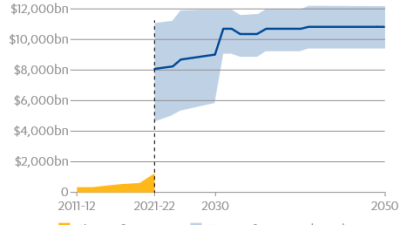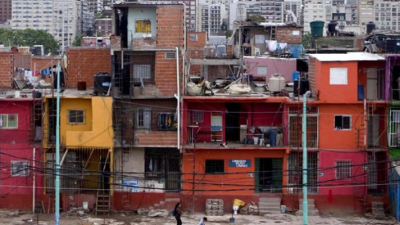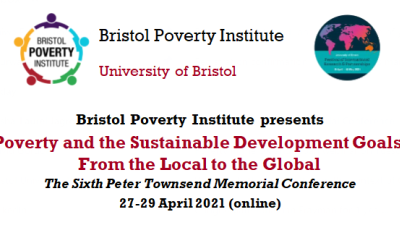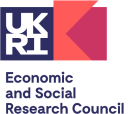Improvements have been proposed in the way material deprivation is measured in European Union countries. The changes are designed to aid the monitoring of social objectives at both national and EU levels.
Researchers have put forward a new material deprivation indicator for the whole EU population, and also a child-specific indicator (for those aged 1–15). Their work draws on data collected in the 2009 wave of EU-SILC (European Union Statistics on Income and Living Conditions). 'Material deprivation' is based on the affordability of a selection of items (goods or services) considered to be necessary or desirable for people to have an 'acceptable' standard of living in the country where they live.
Key points
- The researchers propose a whole-population indicator based on 13 items (18 in the case of the child-specific indicator) that can be said to be suitable, valid, reliable and additive measures of material deprivation in all EU countries.
- Items in the whole-population indicator are divided between five 'personal' items (things the person cannot afford, but would like to have) and eight 'household' items (things the household cannot afford).
- The five personal items are: replacing worn-out clothes by some new (not second-hand) ones; two pairs of properly fitting shoes, including a pair of all-weather shoes; spending a small amount of money each week on oneself without having to consult anyone; having regular leisure activities; and getting together with friends/family for a drink/meal at least monthly.
- The eight household items are: replacing worn-out furniture; a meal with meat, chicken, fish or vegetarian equivalent every second day; meeting unexpected expenses; a one week annual holiday away from home; avoiding arrears (mortgage or rent, utility bills or hire purchase instalments); a computer with an internet connection; keeping the home adequately warm; and a car/van for private use.
- The child-specific indicator includes most of the same items, but adds: books at home suitable for a child’s age; outdoor leisure equipment; indoor games; a suitable place to do homework; celebrations on special occasions; and participating in school trips/events that cost money.
If the threshold for material deprivation is set at a lack of five or more of the 13 items (whole population), the proportion of materially deprived people in the EU as a whole was 17.7 per cent in 2009. This is close to results for the existing EU indicator (17.1 per cent). A threshold of seven or more items lacked gives a material deprivation rate of 9.2 per cent - slightly higher than the current EU indicator of 'severe' material deprivation (8.1 per cent). Similarly the child-specific indicator gives results close to those found with existing measures of children living in deprived households.
The researchers hope the new data can be collected in the 2013 wave of EU-SILC, with the results made available in the second half of 2014. This should then allow for additional analysis to be finalised by early 2015, in time for a scheduled review of the headline EU target on social inclusion and the way it is measured.
Source: Anne-Catherine Guio, David Gordon and Eric Marlier, Measuring Material Deprivation in the EU: Indicators for the Whole Population and Child-Specific Indicators – 2012 Edition, Eurostat (European Union)
Link: Paper



 PSE:UK is a major collaboration between the University of Bristol, Heriot-Watt University, The Open University, Queen's University Belfast, University of Glasgow and the University of York working with the National Centre for Social Research and the Northern Ireland Statistics and Research Agency. ESRC Grant RES-060-25-0052.
PSE:UK is a major collaboration between the University of Bristol, Heriot-Watt University, The Open University, Queen's University Belfast, University of Glasgow and the University of York working with the National Centre for Social Research and the Northern Ireland Statistics and Research Agency. ESRC Grant RES-060-25-0052.






